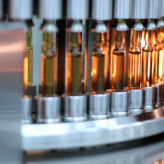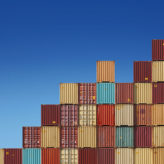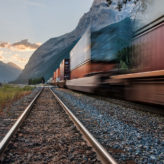There are more than 2 million active businesses in Australia, and in recent years the Transport, Postal and Warehousing industry have experienced the biggest and fastest growth. This means an intense competition from both existing players and new entrants in the.







